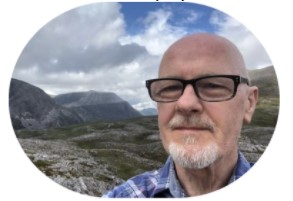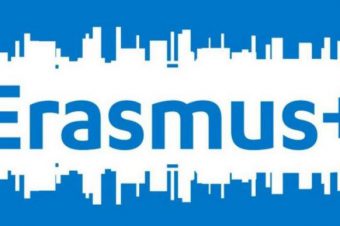While prisoners thankfully no longer tarry ropes or break stones, the majority of the limited activity available in prisons lacks creativity or stimulation and is often confined to contractual specifications or outcomes. When we look at the perceived aims of imprisonment, punishment, deterrence, and public protection remain the principal and enduring aspects of political policy and ultimately court sanctions. Such aims often stand in stark opposition to the primacy of rehabilitation, which we cannot divorce from the political policies and populist discourses on crime and punishment. Consequently, the perceived aims of imprisonment are often complex and contradictory as such ideology vies with each jurisdiction’s priorities and preferences for the provision of psychological, educational, and creative interventions to address the complexity of health, educational, social, behavioural, and life-skills needs of those in their care.
Mandatory psychological risk management programmes often dominate resource allocations at the expense of traditional educational and artistic interventions. In addition to diminishing resources, the consequence for education of deficit models is the maintenance of simplified ‘correctional solutions’ through the acquisition of basic literacy and employability skills. While such programmes can be useful for those able, ready, and willing to seek gainful employment on liberation, there are clear cohorts of the prison population for whom such programmes are not appropriate, necessary, or indeed effective.
The irony of this deficit model, of course, is that educational and artistic interventions, properly structured and applied, can and often do provide transformational outcomes for individuals in custody. However, the elephant on the landing – as always – is the application of human warehousing as we continually cram our institutions with more people than anywhere else in western Europe. Hard-pressed and dedicated prison staff cannot realistically spend quality time promoting rehabilitation when they are compelled to manage burgeoning prison numbers with all their attendant difficulties.
Therefore, for those who are willing and able to participate in programmes, the question is: how do we encourage and sustain engagement in voluntary educational and creative activities? When we look at the predominant issues affecting prison populations including poverty, poor mental health, addictions, learning difficulties and disabilities, and disempowerment, we see the complexity of causes with no simple solutions. Nevertheless, we continue to persist in the application of custodial sanctions, risk assessments and mandatory behavioural programmes that place huge pressures on scarce resources and limit opportunities for creative, cultural, and educational programmes, which many testify are of more benefit for rehabilitative outcomes.
In Scotland, following the results of an organisational review in 2014, the Scottish Prison Service has sought to increase opportunities for such meaningful activity, although the glacial pace of change in certain aspects of delivery such as digital provision continues to stifle opportunities. Education and creative arts are often limited by outdated contractual outputs focused on quantitative performance targets, while life-affirming creative arts and critical education are often limited in scope or confined to short-term project delivery.
To effectively provide creative programmes and critical educational opportunities, you need time as well as consistency in attendance and engagement. While the former may appear to be available in abundance, the reality is that prison overcrowding severely diminishes opportunities for 1:1 contact and small group engagement, an outcome which is compounded by short-term sentences, limited budgets, equity of access, and contractual outputs. Furthermore, mixed populations and the necessary separation of cohorts places pressure on timetables and access and requires that education be orchestrated within a complex context of attendance at behavioural programmes, work, legal visits, family visits, health centre, and court appearances.
To be successful, interventions require to be creative, engaging, and relevant to the individual’s life and aspirations. Critical insights and artistic endeavours change lives. That is why I have recently co-founded SPACE ART Scotland with an artist colleague. We intend to offer artistic and critical educational programmes that identify and draw forth the best in people to effect transformational and lasting change. These are not new ideas – creative art and critical education have proved a mainstay for long-term prisoners maintaining mental health and crucial at being harbingers of change. If we are serious about the transformational power of creative arts and education, we need to stimulate the disaffected and marginalised, providing real opportunities for personal development and drawing forth the best in people to ensure that Scotland really does become a safer and better society for all.



